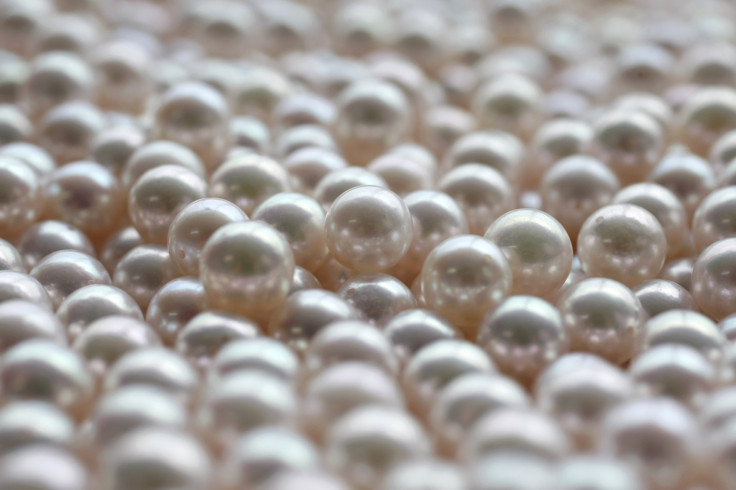Archaeologists Unearth Rare 2,000-Year-Old Pearl In Australia

A natural, round and rarely found 2000-year-old pearl has been unearthed by the archaeologists from the University of Wollongong, or UOW and the University of New England, or UNE on the north Kimberly coast of Western Australia. The Archaeologists describe the pearl as “irreplaceable”, while publishing their findings in the journal Australian Archaeology. The authors say that the Aborigines used oysters for ceremonies carried out to bring rain and this could be the possible reason behind the discovery of the pearl in this prehistoric aboriginal site.
The rare discovery was made when the archaeologists from UOW, University of New England and Wunambal-Gaambera Aboriginal Corporation were carrying out excavation on the historically significant Brremangurey rockshelter site. They were working on the north Kimberley coast of Western Australia when they stumbled upon this unique gem below the surface.
The lead author of the research paper, Associate Professor Kat Szabó from UOW says, "Natural pearls are very rare in nature and we certainly despite many, many (oyster) shell middens being found in Australia - we've never found a natural pearl before. The location makes it particularly significant because the Kimberley coast of Australia is synonymous with pearling, and has been for the better part of the last century. Since the find is unique, analysis could not damage or take samples from any portion of the pearl, so researchers from UOW developed a range of non-destructive analyses to gather more information."
For evaluation of its age, radiocarbon analysis was done on the surrounding shell material. Also, for determining whether the pearl was natural or not, the researchers carried out micro computed tomography which revealed its internal structure. The second author of the study, Brent Koppel says, “This analysis confirmed that it was a natural pearl that had grown inside a small pearl oyster for over a decade before the animal was harvested for eating." It took the researchers about four years to complete their analysis and date the pink-and-gold-coloured pearl which is almost spherical and is five-millimetre diameter. It is set to go on display at the Western Australian Maritime Museum in Perth, Australia later this month.
To contact the writer, email:ruchira.dhoke@gmail.com





















